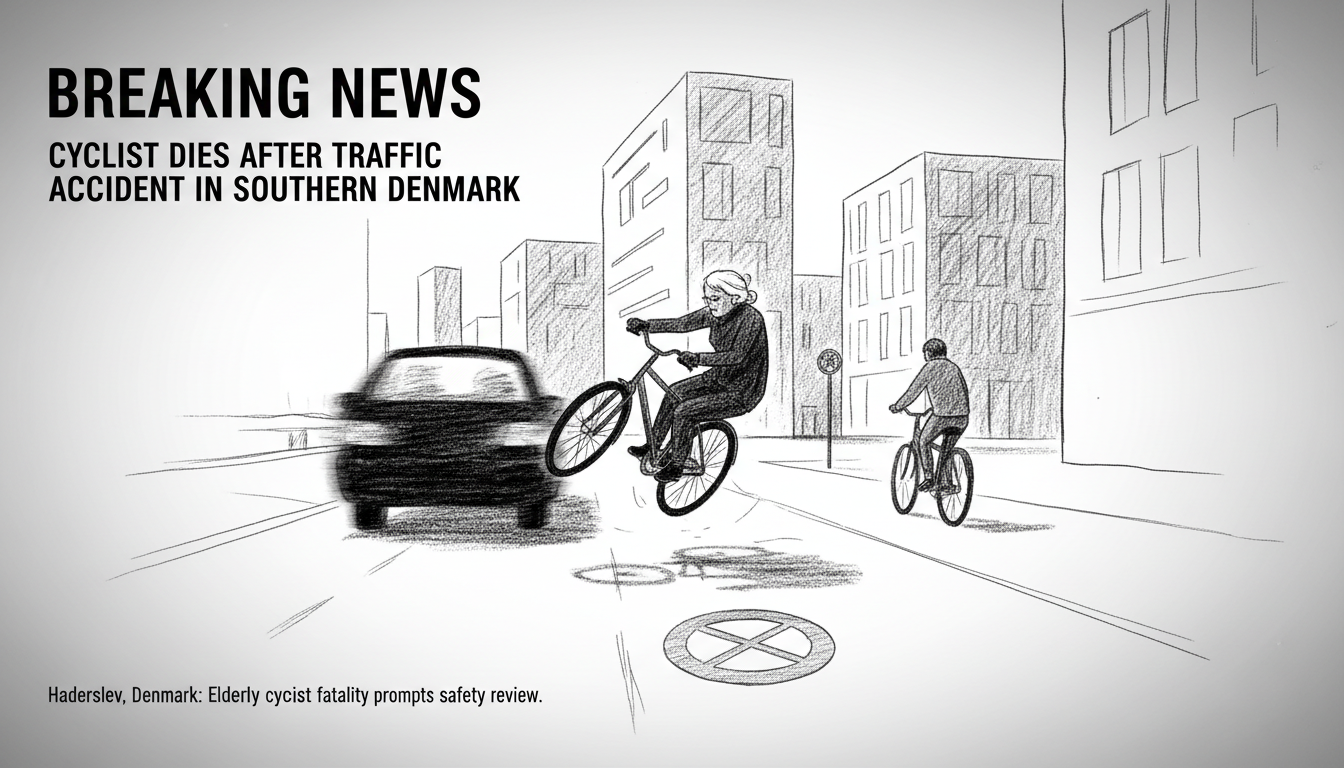An 88-year-old female cyclist has died following a traffic collision in Haderslev last Friday. Police Commissioner Ole Rahbæk confirmed the tragic incident in a statement to media.
The accident occurred during morning hours on Ribe Landevej in Haderslev. The woman attempted to pass another cyclist on the bike path but veered into the roadway. She then collided with the side of a passing vehicle.
The impact caused the cyclist to fall and strike her head forcefully against the asphalt. She later died from her injuries at the hospital despite medical intervention.
This tragedy highlights ongoing safety concerns for cyclists in Denmark's road infrastructure. Denmark maintains one of Europe's highest cycling participation rates, with approximately 50% of Copenhagen residents commuting by bicycle daily. Yet accidents like this raise questions about whether infrastructure keeps pace with usage.
Southern Denmark's road network features extensive cycling paths, but intersections and merging points often present particular dangers. The Haderslev region has seen several cycling incidents in recent years, prompting local safety campaigns.
For international readers, Denmark's cycling culture differs significantly from many other countries. Cycling isn't just recreation here—it's fundamental transportation. Danish children learn road safety from early age, and most adults cycle regularly regardless of weather.
The legal framework strongly protects cyclists, with motorists typically bearing greater responsibility in collisions. This case will likely trigger standard police investigation procedures to determine if any traffic laws were violated.
Cycling safety remains a complex challenge even in nations with strong cycling traditions. As populations age, older cyclists face increased vulnerability in traffic situations. This incident serves as a sobering reminder that infrastructure and awareness must continuously evolve to protect all road users.
Local authorities typically review accident sites following fatal incidents. They may consider safety improvements like better lane separation or warning signs if the location shows recurring problems.

